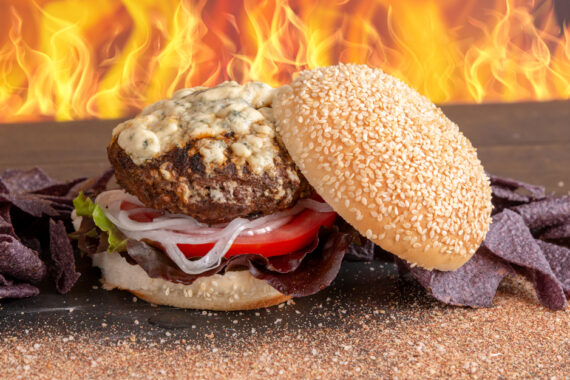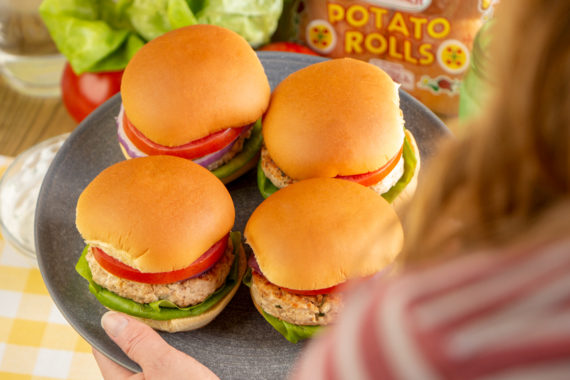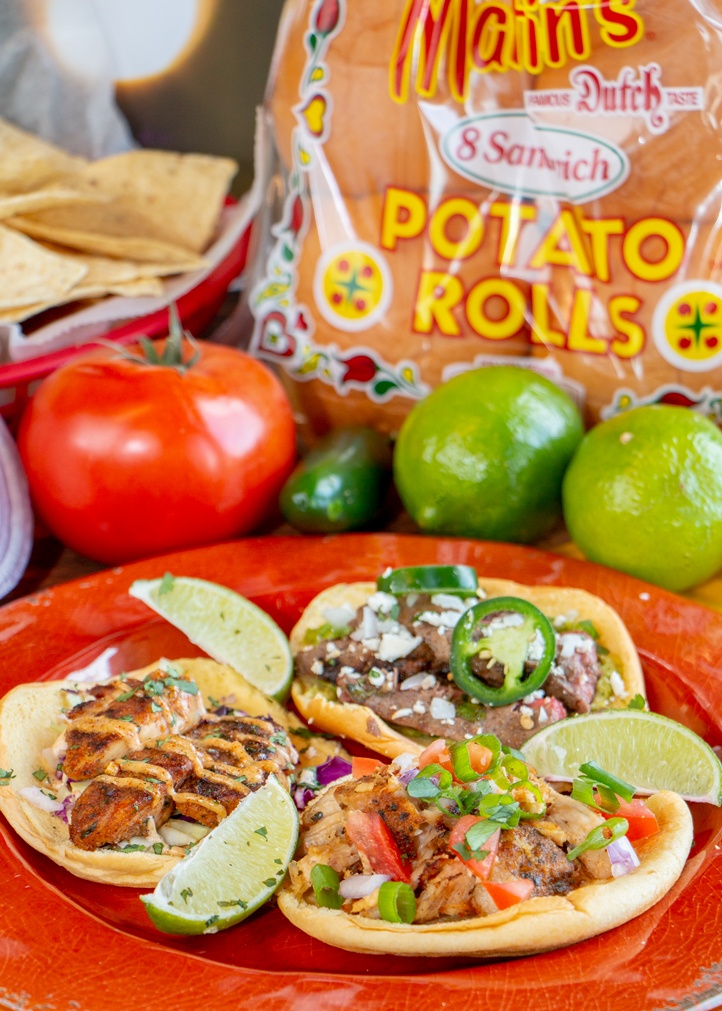
Welcome to the second installment in our series on taste. Back in February we highlighted sweetness (in conjunction with Valentine’s Day). This time we’re talking about spiciness (or piquancy, heat, or pungency as it is also called).
Many people know that there are said to be five distinct “categories” of taste: sweet, salty, bitter, sour, and umami (which only recently became more widely accepted as the 5th type of taste). As you can tell from this list, spicy is not included in this categorization.
So…why do many people consider it a taste? And why are we including it in our taste series?
* * *
All About Spiciness
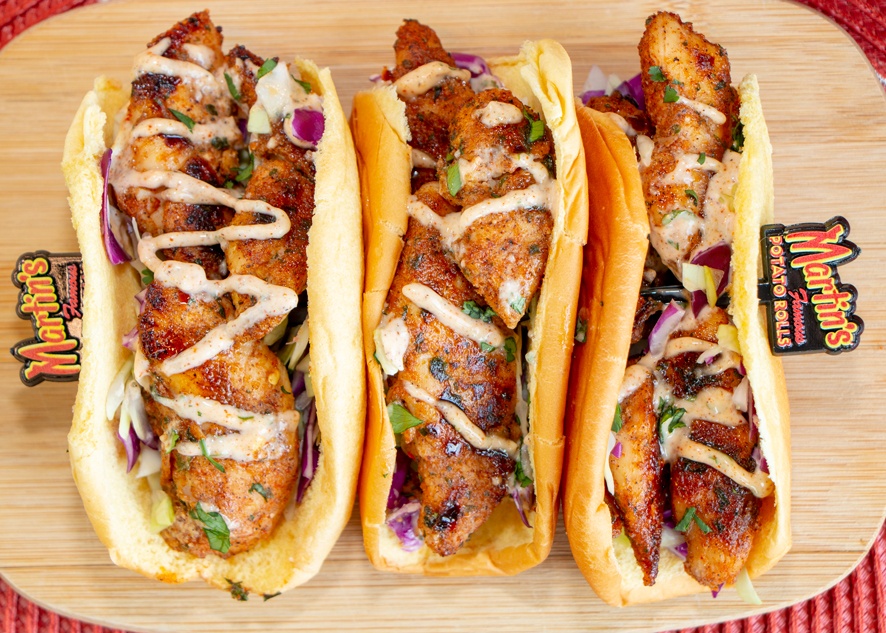
As we discussed briefly in our previous blog post, our sense of taste comes from the taste receptors on our tongues called “taste buds.” However, the sensation of spiciness or heat we experience with certain foods is actually a result of pain receptors sending a signal to our brains as a warning.
Have you ever eaten something so spicy you felt as if your mouth was on fire? It turns out your brain is actually acting as if that were the case. These pain receptors treat spicy-heat and temperature-heat the same way, which may explain why spicy food causes us to thirst, salivate, or even sweat. It’s your body’s defense mechanism.
The most identifiable source, by far, of spiciness in food is the chili pepper, which contains a substance called capsaicin. There are countless varieties of peppers (genus Capsicum), which range widely in terms of pungency or heat intensity due to varying levels of capsaicin.
The intensity of each chili pepper variety is measured on a scale based on Scoville Heat Units (SHU), ranging from bell peppers at 0 SHU (thanks to a recessive gene) to an estimated 3 million SHU (currently estimated for the new “Pepper X” cultivar).
Common Pepper Varieties, ranked:
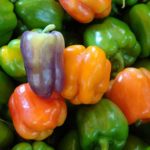 |
Bell Pepper: | 0 SHU |
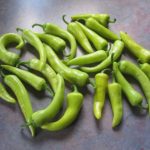 |
Banana Pepper: | 0-500 SHU |
 |
Pepperoncini Pepper: | 100-500 SHU |
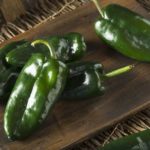 |
Poblano Pepper (dried form, ancho): | 1,000-1,500 SHU |
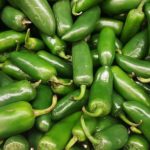 |
Jalapeno Pepper (dried form, chipotle): | 2,500-8,000 SHU |
 |
Serrano Pepper: | 10,000-23,000 SHU |
 |
Tabasco Pepper: | 30,000-50,000 SHU |
 |
Cayenne Pepper: | 30,000-50,000 SHU |
 |
Scotch Bonnet Pepper: | 100,000-350,000 SHU |
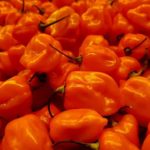 |
Habanero Pepper: | 100,000-350,000 SHU |
 |
Ghost Pepper: | 855,000-1,041,427 SHU |
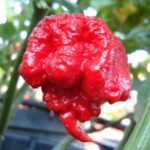 |
Carolina Reaper: | 1,400,000-2,200,000 SHU |
 |
Pepper X: | 3,180,000 SHU (estimated) |
Explore more varieties of peppers at: https://www.chilipeppermadness.com/chili-pepper-types.
* * *
Chili Peppers, Culture, & Cuisine
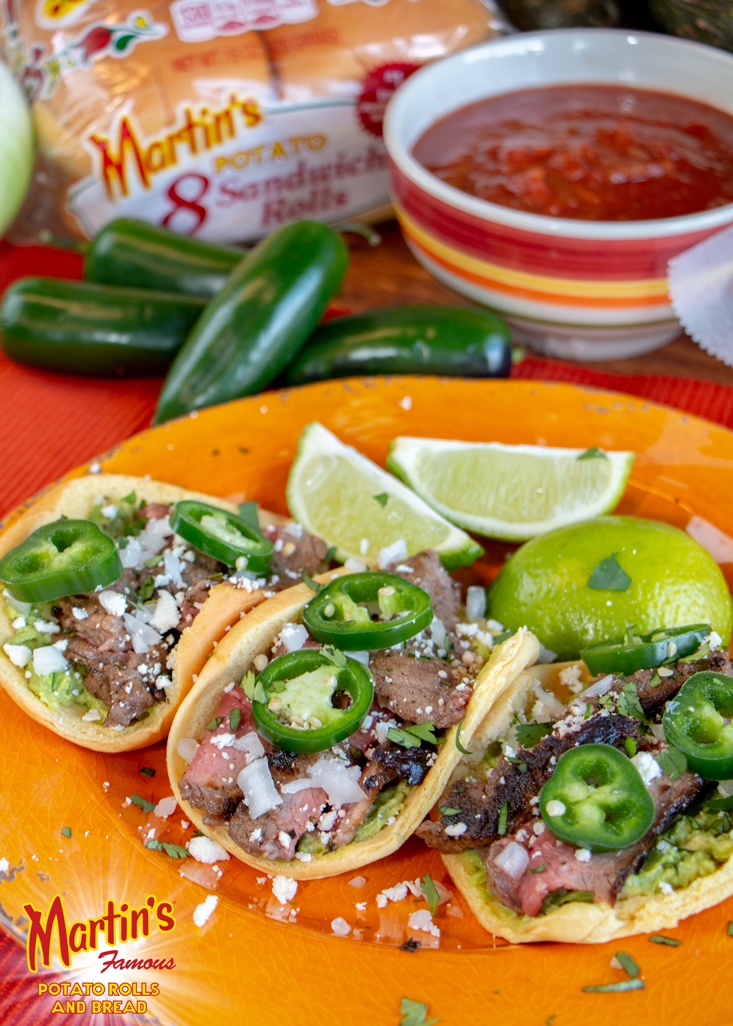
Chili peppers are native to Central and South America but have since spread to all areas of the world. They are key ingredients for many famous dishes and cuisines, from sauces and spreads to curries, dried spices, and more. While each individual’s tolerance of spicy food varies, cultural traditions may have some impact.
The use of hot chilies in cooking is extremely important to the cuisines of Mexico and many other Central American, South American, and Caribbean countries, as well as many South Asian countries such as India, Thailand, China, and Korea.
Peppers are such a versatile ingredient for adding spice to a recipe, not only because there are so many varieties and spice levels to choose from, but also because you can find it in so many forms. You have fresh or pickled peppers, which are great in salsas and salads or as toppings on burgers, hot dogs, tacos, and more. Then there are sauces such as tabasco, Buffalo, and sriracha; spreads like Korean gochujang, Thai chili paste, and Tunisian Harissa; and of course dried spices such as cayenne, red pepper flakes, and paprika. All of these options make it nearly effortless to add a hint of spice and flavor to all your favorite dishes.
Featured Recipe: Taco Trio

Seeing as chili peppers are such an integral part of many cuisines—especially Mexican—we thought it made perfect sense to come up with a special (and spicy) recipe for the upcoming Cinco de Mayo! Our featured recipe is actually three recipes in one: each a custom Martin’s taco with different flavor variations. See if you can find the source(s) of “heat” in each one!
1. Carne Asada Tacos
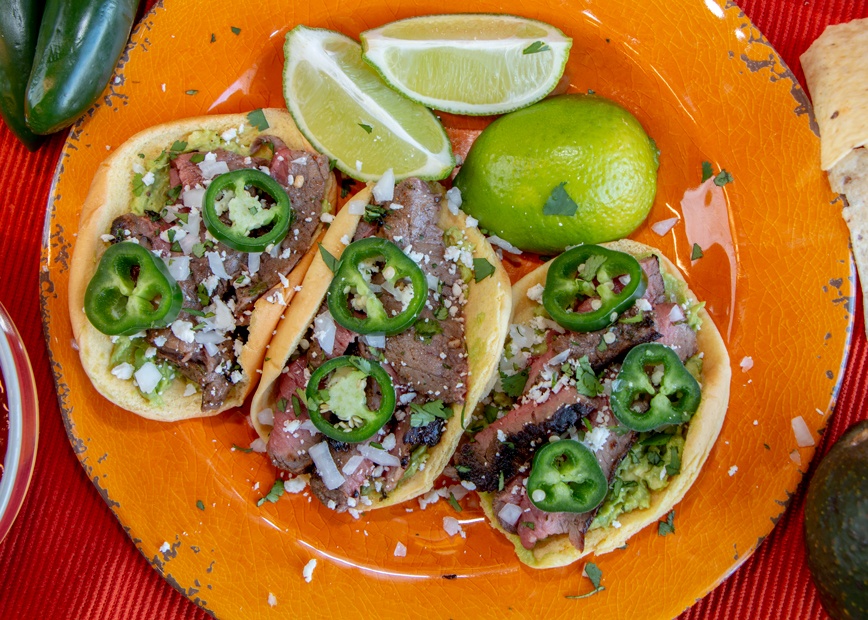
Juicy, cilantro-lime marinated flank steak, topped with avocado, cotija cheese, diced onion, jalapeno, and fresh cilantro, served on a flattened Martin’s Potato Roll “tortilla” with a lime wedge.
https://potatorolls.com/recipes/carne-asada-tacos
2. Jamaican Jerk Chicken Tacos
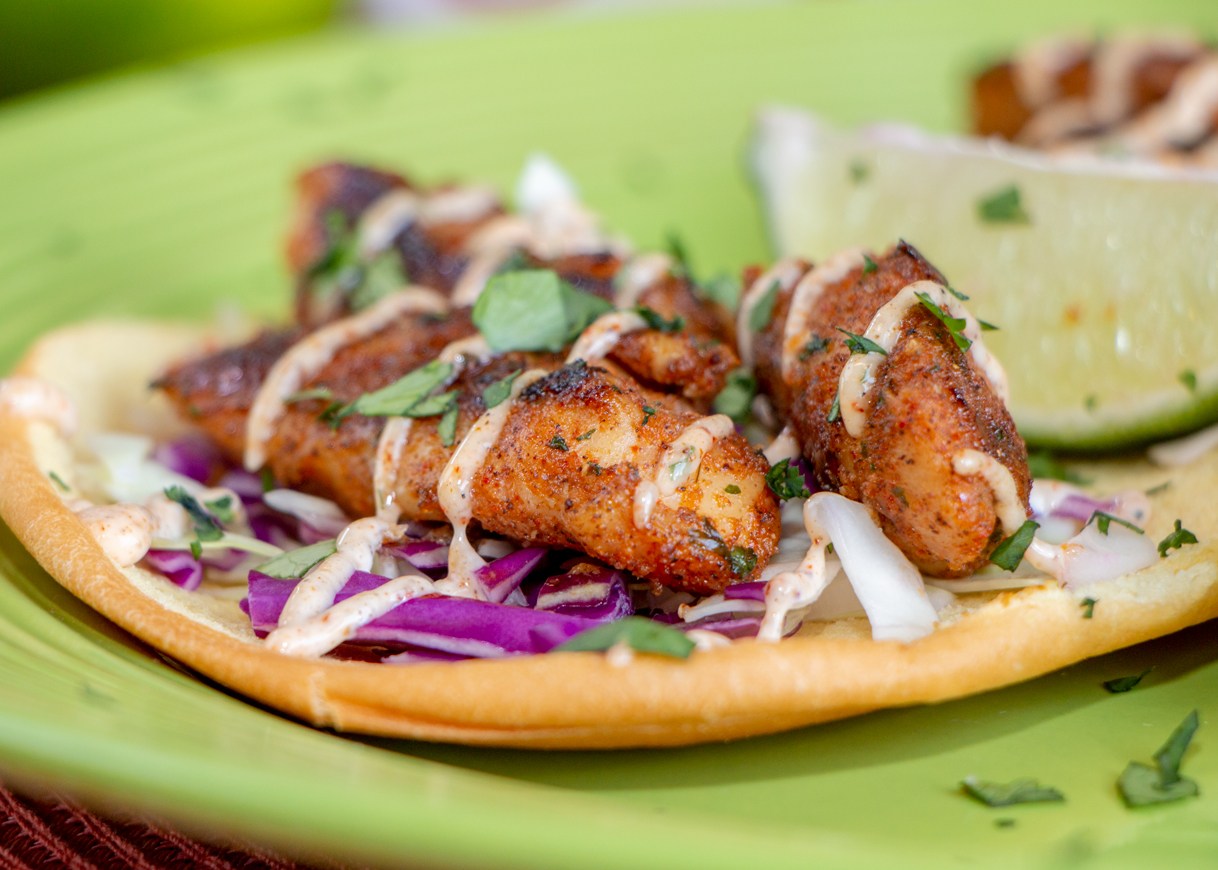
Delicious grilled chicken flavored with a classic (spicy!) Jamaican Jerk seasoning blend, served on flattened Martin’s Potato Roll “tortillas” topped with spicy mayo, shredded cabbage slaw, fresh cilantro, and lime.
https://potatorolls.com/recipes/jamaican-jerk-chicken-tacos
3. Sweet and Spicy Pork Carnitas Tacos
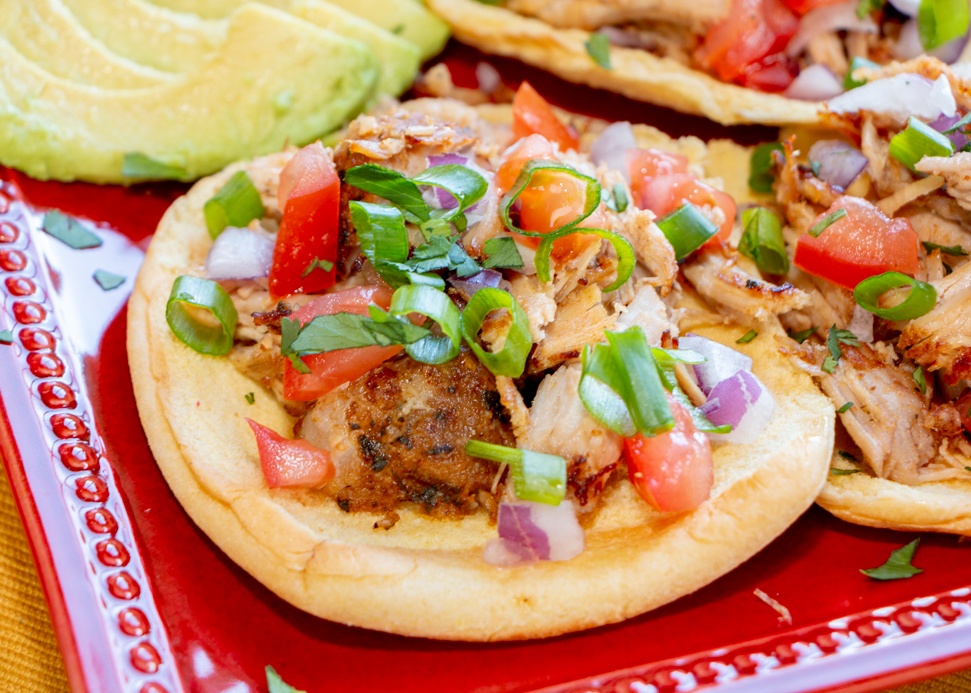
Smoky (from paprika and cumin), sweet (from brown sugar and cola), spicy (from ancho chilies and red pepper flakes), and tangy (from orange and lime juices), these slow-cooked, then fried until slightly crispy, pork carnitas are packed full of flavor! Serve on flattened Martin’s Potato Roll “tortillas” topped with tomatoes, onions, avocado, and a side of chips and salsa.
https://potatorolls.com/recipes/sweet-spicy-pork-carnitas-tacos
* * *
Other Kinds of Spice
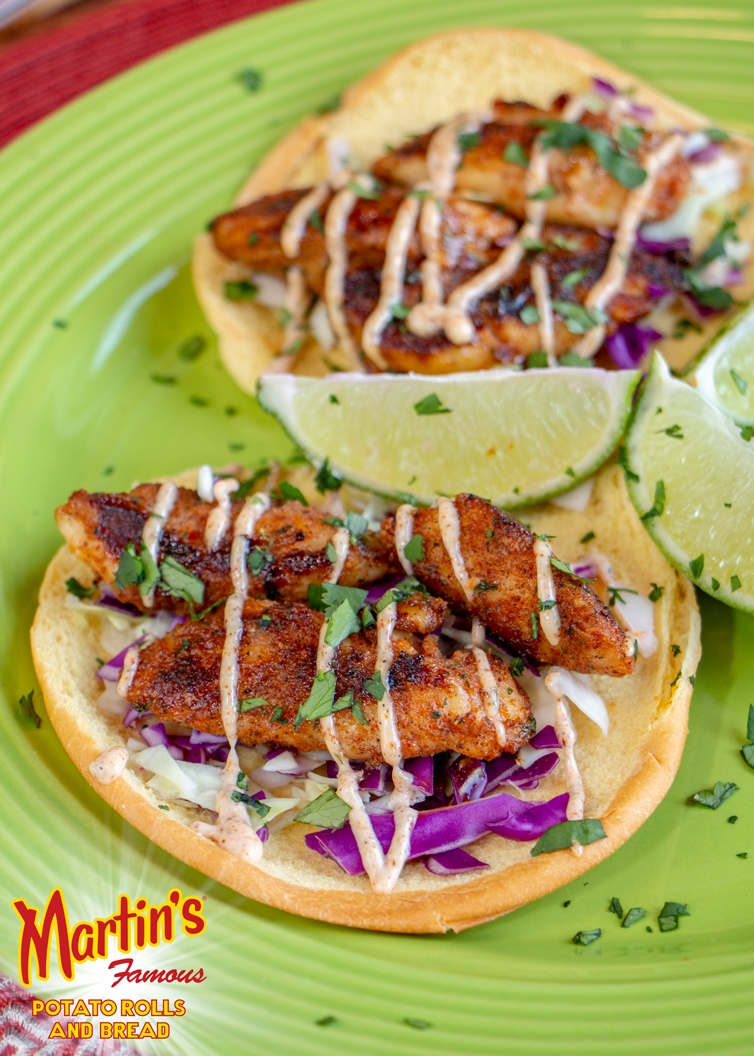
While chili peppers may account for the vast majority of spicy-heat in most foods (and are the only thing to contain capsaicin), there are a few secondary sources of more mild intensity heat.
Black pepper (or peppercorns), which is unrelated to the chili pepper, contains piperine, giving it a mildly spicy flavor.
Alliums, such as garlic and onions, contain a compound called allicin, which gives them a pungent and sometimes spicy flavor, especially when raw.
Eugenol is a compound found in foods such as cinnamon, bay leaf, cloves, and allspice, which explains their subtle warming effect.
Radishes, horseradish, wasabi, and mustard contain a compound called allyl isothiocyanate which activates our tongue’s pain receptors similar to capsaicin.
Raw ginger also tends to have a spicy or warming effect as a result of a substance known as gingerol.
* * *
Try experimenting with different types and levels of spiciness to suit your tastes. Adding a bit of spice to dishes can be an exciting way to liven up an otherwise bland recipe. But don’t overdo it—you may not want to start eating ghost peppers just yet!
Bonus Tip: if you eat something that’s a bit too spicy, try following it with dairy, bread, or rice which are said to help bind to the capsaicin molecules and help calm the burning sensation. (Drinking water may actually make it worse.)
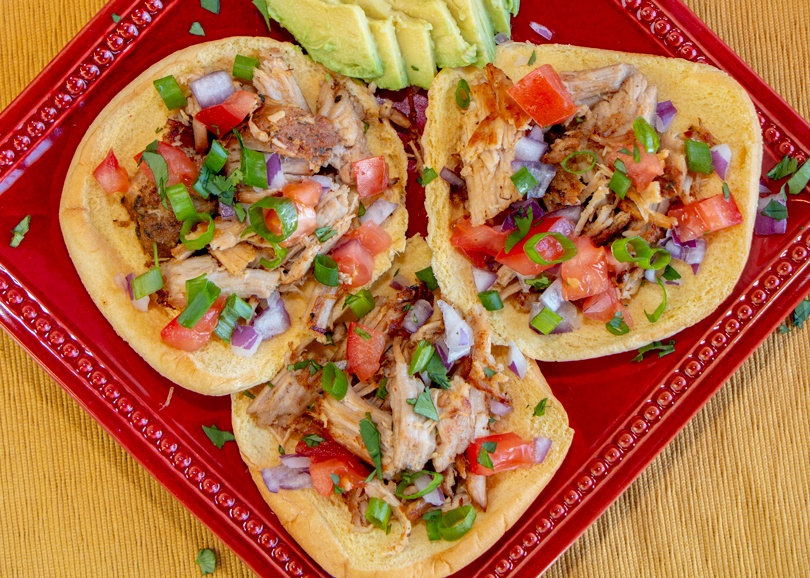
Sources:
- https://en.wikipedia.org/wiki/Scoville_scale
- https://www.eatthis.com/why-people-like-spicy-food/
- https://www.scientificamerican.com/article/why-is-it-that-eating-spi/
- https://www.pepperscale.com/hot-pepper-list
- https://www.chilipeppermadness.com/chili-pepper-types
- http://biologicalexceptions.blogspot.com/2014/04/its-not-just-chili-peppers-that-are-hot.html
Our latest content, delivered straight to your inbox.
Be the first to hear about our newest recipes, tips, and company updates!

